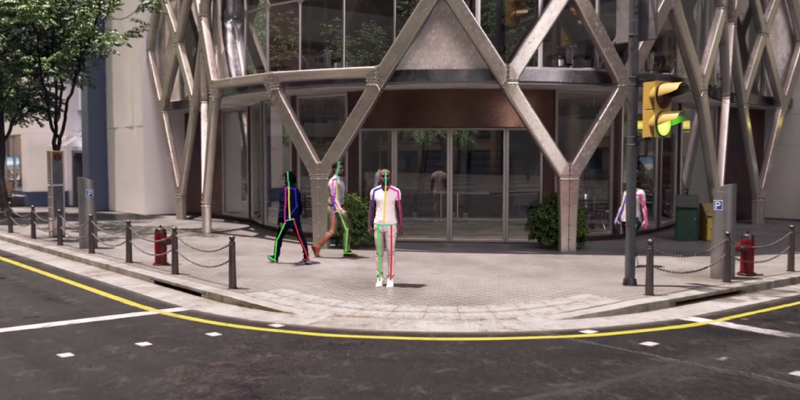AWS Startups Blog
Tag: Computer Vision
PulpoAR Uses Machine Learning to Build an Augmented Reality Shopping Experience for Beauty Products
PulpoAR looks to bring together the digital and physical worlds using augmented reality. The company has launched its platform with the ability to virtually try on makeup online, but plans to expand into other categories, like skincare, in the near future.
Olive Builds the Internet of Healthcare and an AI Workforce on AWS
Today, the healthcare industry is flooded with software. Any given hospital has an EMR, billing software, different portals for every insurance partner, and individual medical tools each with their own interfaces, just to name a few. None of these systems work together, and the downstream effects dehumanizes the care experience. Olive is designed to connect these disparate parts, shining a new light on old processes, connecting providers delivering care and payers reimbursing that care to ultimately drive a better patient experience.
Didimo Is Rethinking How We Interact in the Digital World
Didimo, which means “twin” in Greek, has built a platform for creating realistic 3D digital versions of people, based on simple photos or scans. That capability has potential applications in a host of industries, from AR/VR and video games to retail, fashion, and communications—really anywhere people want to have authentic, engaging, immersive experiences.
AIH Tech Uses High-Powered GPUs from AWS to Bring an Inclusive Approach to Facial Recognition Applications
There’s been plenty of attention paid by the media to the problems of facial recognition software in recent years. Invasion of privacy, for one, and high potential for misuse, for another. AIH Tech, a Toronto-based computer vision company, has set out to solve the problem that most other facial recognition technologies have faced in their bedrock: racial bias.
Synthesis AI’s Generative AI Platform is Set to Fuel the Next Wave of Computer Vision Innovation
San Francisco-based Synthesis AI has developed technology that generates vast quantities of photorealistic images and pixel-perfect labels to optimize computer vision training. “The world is exploding with cameras,” says Synthesis AI CEO Yashar Behzadi. “As we look at the new world of autonomous vehicles, augmented reality, and virtual reality, we’ve been fundamentally limited by traditional approaches.”
Logograb uses ML to Help Marketers Quantify ROI at Scale
Nowadays, it seems like media and online advertisers have been in an ongoing battle between measuring their effort’s ROI and being dealt incorrect information from platform providers (Facebook, et al). Luckily there are startups working to help, like LogoGrab, a visual AI company that looks to help marketers quantify the impact of their brand at scale.
Aiconix Transforms the Way Companies Use Their Content
Analysts estimate that by 2021, videos will account for over 80% of consumer internet traffic. To stand out companies and brands will need to maximize the value of their content and understand how a story, a posting, a video can be optimized to leverage consumers interest. Identifying and owning the relevant data to achieve this is just the first step in the new workflow. Aiconix, named one of the 30 most promising startups in the German speaking regions by Forbes magazine, is doing just that.
How Innovusion is Raising the LiDAR Bar
Junwei Bao, Co-founder and CEO of LiDAR technology developer Innovusion, and Jason Ferns, its Director of Marketing and Applications, sat down to chat with us about LiDAR and autonomous driving.
Ad Tech Startup Glimpse Uses Computer Vision to Sharpen Targeting
Co-founders Shane O’Sullivan and Oran Mulvey break down how Glimpse uses computer vision to analyze the demographics of those who approach physical ad spaces. They also discuss the makeup of their customer base, the importance of privacy in ad tech, and how AWS has helped the startup grow.
Scape Technologies’ CTO on 3D Cartography and an Autonomy-Driven Future
Huub Heijnen, Co-founder and CTO of Scape Technologies, explains why large scale 3D mapping is critical to the work — creating an image-driven visual positioning system — that the computer vision startup is doing.








